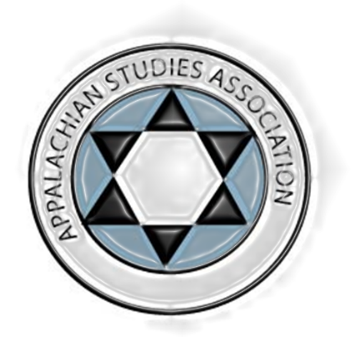Participation Type
Paper
Session Title
Session 6.04 Education
Play Me Some Mountain Music: Building Community Through the Arts in a New Deal Experimental Community
Presentation #1 Abstract or Summary
Shortly following the passage of the National Industry Recovery Act [NRA] of 1933, essentially beginning the New Deal, Eleanor Roosevelt [ER] visited the coal fields of north central West Virginia. As the eyes and ears of FDR, ER was looking for a place to begin an experiment in community planning, building subsistence homesteads for families displaced by the Depression and funded by the NRA. ER was disgusted by the conditions in the coal camps and believed those displaced coal miners could be helped by moving them to a new community, Arthurdale, where they grow their own food, gain a sense of ownership, identity, and place. ER and the federal planners believed that building this kind of community could help the people overcome their alienation and frustration caused by the Depression and the loss of control over their lives. An integral part of this new experimental community was its school, directed by Elsie Ripley Clapp, an artist, and former student and disciple of John Dewey. With the help of excellent teachers, Clapp supported a curriculum that integrated that integrated the arts, crafts, history, folklore, and music of north central Appalachia. For example, students learned to craft their own instruments and play them for community/schools dances often attended by ER. However, the purpose was far more than entertainment. Music brought the people together in a common purpose and further nurtured a sense of place and identity. This paper will address how the arts or perhaps “many musics” played a central role in building community, bringing people together in shared purpose through the power of creativity, engaging Appalachian history and culture.
At-A-Glance Bio- Presenter #1
I am a Professor of Social and Cultural Foundations at West Virginia University with an interest in the history of education, John Dewey, community, and democratic theory.
Play Me Some Mountain Music: Building Community Through the Arts in a New Deal Experimental Community
Shortly following the passage of the National Industry Recovery Act [NRA] of 1933, essentially beginning the New Deal, Eleanor Roosevelt [ER] visited the coal fields of north central West Virginia. As the eyes and ears of FDR, ER was looking for a place to begin an experiment in community planning, building subsistence homesteads for families displaced by the Depression and funded by the NRA. ER was disgusted by the conditions in the coal camps and believed those displaced coal miners could be helped by moving them to a new community, Arthurdale, where they grow their own food, gain a sense of ownership, identity, and place. ER and the federal planners believed that building this kind of community could help the people overcome their alienation and frustration caused by the Depression and the loss of control over their lives. An integral part of this new experimental community was its school, directed by Elsie Ripley Clapp, an artist, and former student and disciple of John Dewey. With the help of excellent teachers, Clapp supported a curriculum that integrated that integrated the arts, crafts, history, folklore, and music of north central Appalachia. For example, students learned to craft their own instruments and play them for community/schools dances often attended by ER. However, the purpose was far more than entertainment. Music brought the people together in a common purpose and further nurtured a sense of place and identity. This paper will address how the arts or perhaps “many musics” played a central role in building community, bringing people together in shared purpose through the power of creativity, engaging Appalachian history and culture.

